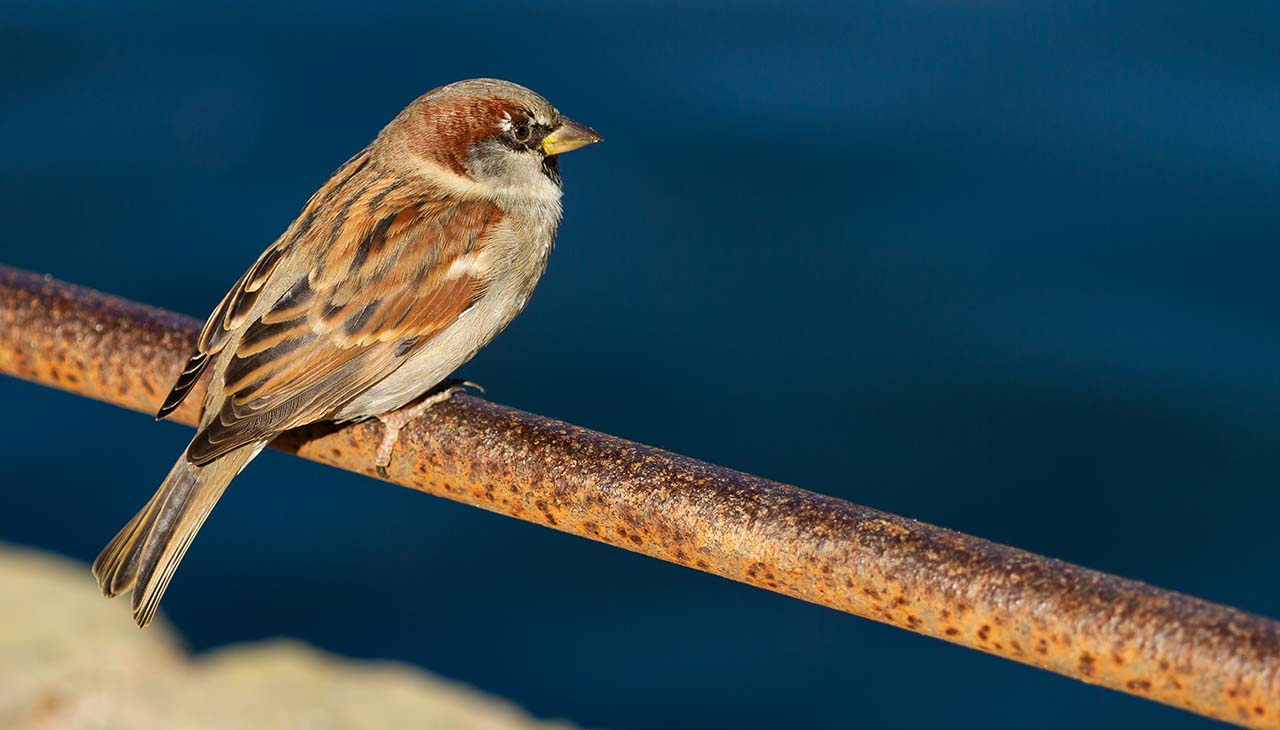Birdwatching has long been a beloved pastime for wildlife enthusiasts, offering a deep connection to nature and its avian inhabitants. However, traditional birdwatching methods often limit observations to daylight hours, leaving the nocturnal behaviors of many species shrouded in mystery. Enter thermal imaging—a game-changing technology that opens up a new realm of birdwatching possibilities, allowing us to unlock the secrets of nocturnal bird activities.
The Evolution of Thermal Imaging Technology
Originally developed for military and law enforcement purposes, thermal imaging technology has seen significant advancements over the years. Today, it is increasingly being adopted across various fields, including wildlife observation. By detecting heat signatures emitted by living organisms, thermal imaging enables users to “see” in complete darkness, making it an invaluable tool for observing nocturnal animals, including birds.
How Thermal Imaging Works
Thermal imaging cameras detect infrared radiation (heat) emitted by objects and organisms. Unlike traditional cameras that rely on visible light, thermal imaging devices capture temperature differences, rendering them as visual images. Warmer objects appear as brighter areas, while cooler surroundings are depicted in darker shades. This technology allows birdwatchers to identify and observe birds even in pitch-black conditions, offering a unique glimpse into their nocturnal lives.
The Process:
- Detection: The thermal camera captures the heat signatures of birds.
- Measurement: The device measures temperature variations to create a thermal map.
- Visualization: The thermal map is converted into a visual image, highlighting the birds against the cooler background.
Real-life Examples of Nocturnal Bird Behaviors
Thermal imaging has already provided fascinating insights into the nocturnal habits of various bird species. For instance:
- Owls: Known for their nighttime hunting, owls can be observed in action, capturing prey with remarkable precision.
- Nightjars: These elusive birds, typically difficult to spot, can be seen foraging and communicating through thermal imaging.
- Swifts and Swallows: Some species are known to roost communally at night, and thermal imaging has captured their gatherings in stunning detail.
Tips for Integrating Thermal Imaging into Birdwatching
For birdwatchers and outdoor photographers eager to enhance their nocturnal observations, here are some practical tips:
- Choose the Right Equipment: Invest in a quality thermal imaging camera with a suitable range and resolution for birdwatching.
- Learn the Basics: Familiarize yourself with the functionality and settings of your thermal imaging device.
- Scout Locations: Identify areas known for nocturnal bird activity, such as forests, wetlands, and open fields.
- Practice Patience: Nocturnal birdwatching requires patience and persistence. Allow time for birds to appear and go about their natural behaviors.
- Combine Techniques: Use thermal imaging alongside traditional methods, like audio recordings, to enrich your observations and data collection.
Ethical Considerations and Best Practices
While thermal imaging offers incredible opportunities, it’s essential to use the technology responsibly:
- Minimize Disturbance: Avoid getting too close to nesting or roosting birds to prevent disturbance.
- Respect Wildlife Habitats: Stick to designated paths and observation points to protect natural habitats.
- Share Responsibly: When sharing thermal images, ensure they do not reveal sensitive locations that could attract undue human interference.
Conclusion: Revolutionizing Nocturnal Birdwatching
Thermal imaging has the potential to revolutionize our understanding of nocturnal birds, offering unprecedented access to their behaviors and interactions. As more birdwatchers and wildlife enthusiasts embrace this technology, we can expect to uncover new insights and deepen our appreciation for these fascinating creatures of the night.
Are you ready to unlock the mysteries of nocturnal birdwatching? Share your experiences and thermal imaging adventures with us, and let’s explore this exciting frontier together!

